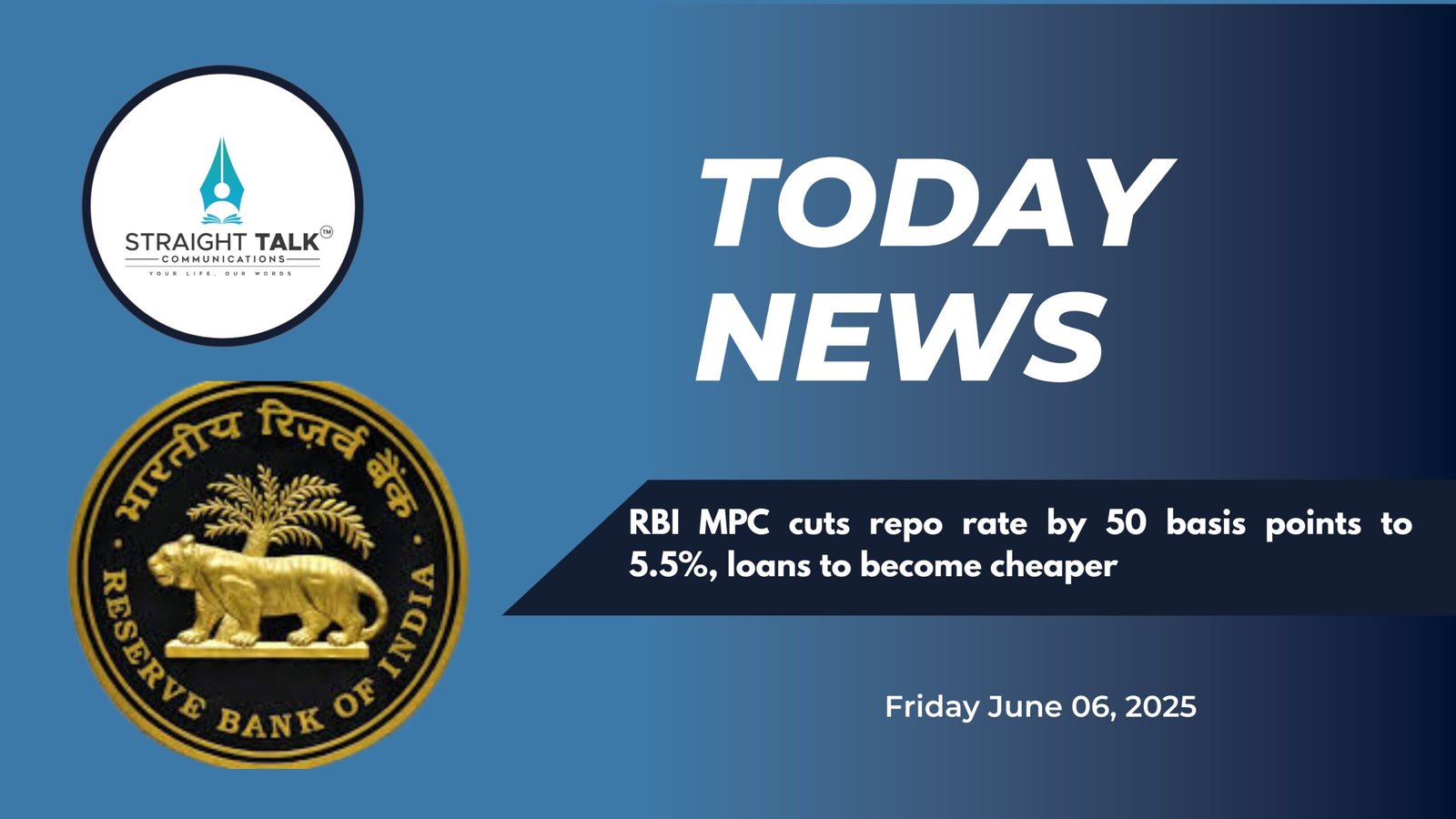Gig economy in India: A double-edged sword of freedom and struggle


Gowher Bhat
A gig worker’s day doesn’t begin with a schedule. It begins with uncertainty.
A driver logs into his app, hoping for a surge in fares. A delivery worker straps on his bag, bracing for another exhausting shift. A freelancer checks her inbox, wondering if she’ll ever get paid for the last project. Across India, millions hustle without contracts, benefits, or stability—navigating a system that offers freedom but demands everything in return.
This is work now. No office, no guarantees. You wake up, log in, and hope the day brings enough. Hope that the hours you put in translate into money.
The gig economy in India isn’t just growing—it’s swallowing up traditional jobs. Once, work meant a factory, a government office, a shop, or a construction site. A salary at the end of the month. Maybe benefits. Maybe something to lean on. That’s not how it is anymore.
Now, work arrives as notifications—trip bookings, delivery orders, freelance gigs. You take what comes, one job at a time. No contracts. No guarantees. No safety nets.
The Illusion of Freedom:
They say it’s freedom. The platforms, the companies behind them, they sell it that way. Work when you want. Be your own boss. Set your own schedule.
Sounds good. But talk to the people doing it, and you hear something else.
A man who’s been driving for Uber for five years says he works twelve-hour days. No days off unless he wants to lose money. The app pushes him to keep going—bonuses, peak-hour surges, penalties for declining too many rides. It’s a game, and the rules change whenever the company decides.
Delivery workers for Zomato and Swiggy say the same. The money was good at first. Now, the per-delivery rate is lower. Fuel costs go up, commissions get cut, but the work doesn’t stop. You need to keep moving.
Freelancers have their own version of the struggle. Writers, designers, coders—they sign up on platforms like Upwork and Fiverr, hoping to make a living on their skills. They bid on projects, fight for work, lower their rates to compete. Some do well. Most don’t.
No Safety Net:
That’s the thing about gig work. No one’s watching out for you.
A corporate job comes with something—a salary at least. Maybe insurance, maybe paid leave. In the gig economy, you get none of that. No health benefits. No pension. If you get sick, you don’t work. If you don’t work, you don’t earn. It’s that simple.
And there’s risk. A ride-hailing driver gets into an accident—who covers the cost? Not the company. A delivery worker gets mugged—who takes responsibility? Not the platform. A freelancer gets scammed by a client—who fights for them? No one.
The companies call them partners, not employees. That word matters. It means they don’t have to provide anything beyond the app itself. No job security, no workplace protections. Just a way to connect workers with customers.
The Numbers Game: India’s Gig Workforce Is Growing
India’s gig economy is massive—and expanding fast.
According to NITI Aayog, India had 7.7 million gig workers in 2020-21. By 2029-30, this number is expected to triple to 23.5 million. Young people, migrants, and those who lost jobs during the pandemic are rushing into gig work because there’s no other option.
The old economy isn’t absorbing enough workers. The private sector has slowed down. Government jobs are few, and competition is brutal.
Gig work fills the gap. But at what cost?
Ask the man who drove all night and barely made enough after fuel and commission cuts. Ask the woman who spent weeks on a freelance project only to have the client vanish without paying. Ask the food delivery rider cycling through traffic, hoping his next order takes him somewhere safe.
The platforms don’t lose sleep over this. More sign-ups mean more supply. More supply means more competition. And more competition means workers will accept lower rates, worse conditions, just to stay in the game.
The Kashmir Angle: Battling Harsh Winters and Unstable Connectivity
For gig workers in Kashmir, extreme weather adds another layer of struggle.
Heavy snowfall, freezing temperatures, and windstorms make earning a livelihood even harder. Roads become treacherous, and driving in the bone-chilling cold with snow-covered streets is a daily challenge for ride-hailing and delivery workers.
Unstable internet connectivity in many villages adds to the uncertainty. Snowstorms and falling trees often disrupt Wi-Fi lines and mobile towers, sometimes cutting off access to gig platforms for hours or even days. For a freelancer in a remote area, an internet outage can mean missing deadlines and losing valuable clients. For a ride-hailing driver, weak signals can lead to trip cancellations or difficulty navigating routes.
In Kashmir, the gig economy isn’t just about finding work—it’s about braving the elements to keep going.
The False Choice:
Some say gig workers choose this. That they could walk away if they wanted.
But what’s the alternative?
A driver who quits Uber—where does he go? A freelancer who stops bidding on projects—what job is waiting? The reality is, for many, there is no way out.
They’re not choosing gig work. They’re choosing survival.
And yet, there’s something about it that keeps pulling people in.
The hope, maybe. The idea that if you put in enough hours, things will improve. That the next big break is around the corner. That one good client, one good week, will change everything.
Sometimes, it does. There are success stories—the ones who figure it out, who make it work. But for every one of them, there are thousands stuck in the cycle. Working more, earning less. Chasing something that keeps moving further away.
What Comes Next?
The gig economy isn’t going away. If anything, it will keep expanding. More platforms, more workers, more dependence on this way of earning.
But something has to change.
Protections for workers.
Better pay structures.
Safety nets.
Something to make this less of a gamble and more of a real job. Right now, it’s too one-sided. The platforms take their cut. The workers take all the risk.
Some governments around the world are stepping in, forcing companies to provide benefits, to treat workers as employees. India hasn’t done that yet. Maybe it will. Maybe it won’t.
But one thing is clear: The future of gig work in India isn’t just about apps and algorithms. It’s about people. Real workers, real lives, real struggles. The gig economy will grow—that’s inevitable.
The real question is: Will India make it fair?
(Gowher Bhat is a published author, freelance journalist, educator, and storyteller.)







